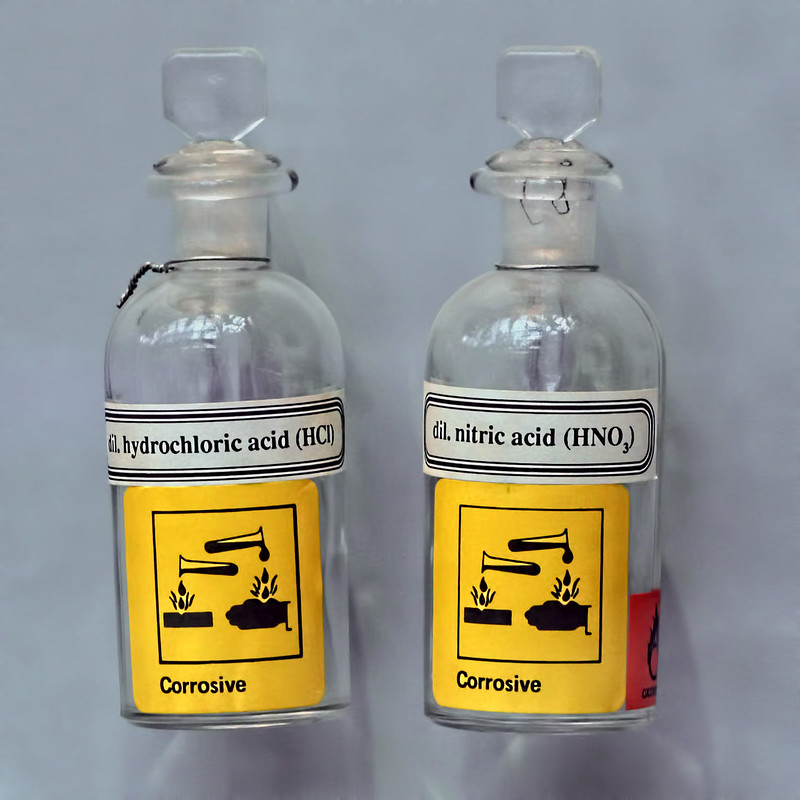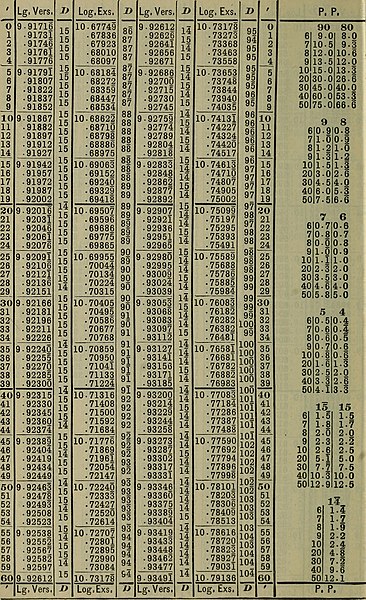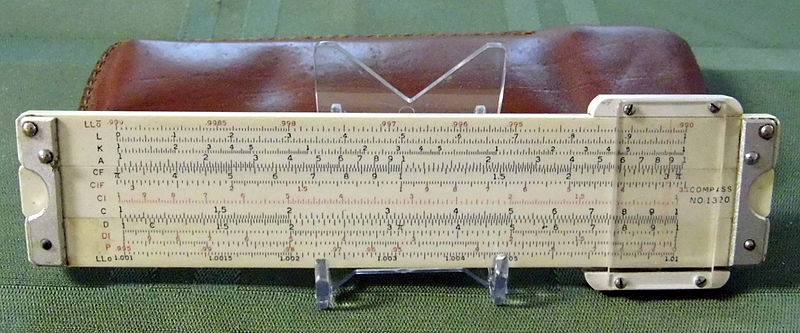Logarithms are often used in chemistry. For example, we use a logarithms to show how strong an acid is on the pH scale. A logarithm is a just function that answers a simple question: To what power must the base of the logarithm be raised to get the given number?

For example,
Log327 = 3 since 33 (3 x 3 x 3) is 27.
In other words, Log327 = 3 means “the base of 3 raised to what power equals 27”.
Log28 = 3 since 23 (2 x 2 x 2) is 8.
In other words, Log28 = 3 means “the base of 2 raised to what power equals 8”.
If no base is given, the logarithm is assumed to have a base of 10.
Log 100 = 2 since 102 is 100.
Log 1000 = 3 since 103 is 1000.
While these examples are fairly straightforward, could you easily find the log of a number like 437?
Log 437 = ?
Ten raised to what power is 437? I don’t know! Do you?
In the past, the last several pages of any upper level math book would have tables of logarithms. Students like you would have to look up the answer to a logarithm in the back of their book.

Alternatively, they might have used a device like this one, called a slide rule.

Thankfully, you can just use your calculator, or your phone, or practically any online calculator you can find. .

Use your calculator to find the base 10 log of 437. Make sure you get the same answer below!
Log 437 = 2.64
Meaning, 102.64 = 437.
A natural logarithm (given the symbol, ln), uses the base, e.
e is called Euler’s number and is approximately equal to 2.71828. e is called a transcendental number, like pi. Find the ln button on your calculator and perform the calculation below.
ln 100 = 4.6
Meaning, e4.6 = 100
In other words, 2.718284.6 = 100
What is the point of using logarithms in chemistry? There are actually two reasons. First, sometimes logarithms are better at making predictions, like how long it will take for a certain amount of product to form in a given chemical reaction. Second, they are useful in converting big differences in numbers into small difference. The pH scale is a great example. A difference of 2 units in pH actually corresponds to a hundred times difference in acid strength.